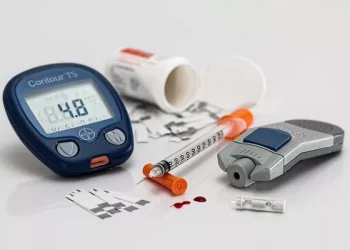According to the College of Future Technology of Peking University, a research team from Peking University and Wenzhou Medical University has established a generative multi-modal cross-organ medical image Basic model (MINIM), which can synthesize massive high-quality medical image data based on text instructions and multiple imaging methods of multiple organs.
To provide strong technical support for the training of large medical image models, precision medicine and personalized diagnosis and treatment. The results have been recently published online in the international authoritative journal “Nature Medicine”.
Medical image Grand Model is a general-purpose AI model trained with deep learning and large-scale data that automatically analyzes medical images to aid in diagnosis and treatment planning.
However, to improve the performance of large models, large amounts of data are required for continuous training. However, due to a variety of factors, such as patient privacy protection and high data annotation costs, there are often obstacles to obtaining high-quality and diverse medical image data. To this end, in recent years, researchers have begun to explore the use of generative AI technology to synthesize medical image data, in order to expand the data.
“At present, the publicly available medical image data is very limited, and the generative model we built is expected to solve the problem of insufficient training data.” Wang Jinzhuo, an assistant researcher at the College of Future Technology of Peking University, said that the research team used high-quality image text pairing data of various organs in different imaging methods such as CT, X-ray and magnetic resonance for training, and eventually generated a large number of medical synthetic images, which were highly consistent with real medical images in many aspects such as image features and detail presentation.
The experimental results show that the synthetic data generated by MINIM has reached the international leading level in the subjective evaluation index of doctors and a number of objective test standards, and has important reference value in clinical application.
On the basis of real data, the accuracy of multiple medical tasks in ophthalmology, chest, brain and breast departments can be improved by an average of 12% to 17% using 20x synthetic data.
Wang Jinzhuo said that the synthetic data generated by MINIM has a wide range of application prospects, which can be used as a training set alone to build a large medical image model, and can also be used in combination with real data to improve the performance of the model in practical tasks and promote the wider application of AI in the field of medicine and health. Training with MINIM synthetic data has shown significant performance improvements in key areas such as disease diagnosis, medical report generation, and self-supervised learning.
Related topics
- Scientists Find a “Mini Brain” Inside Heart.
- A Fruit Like Penicillin: Eat More in Winter.
- Diabetes in Kids: Warning Signs to Watch



























